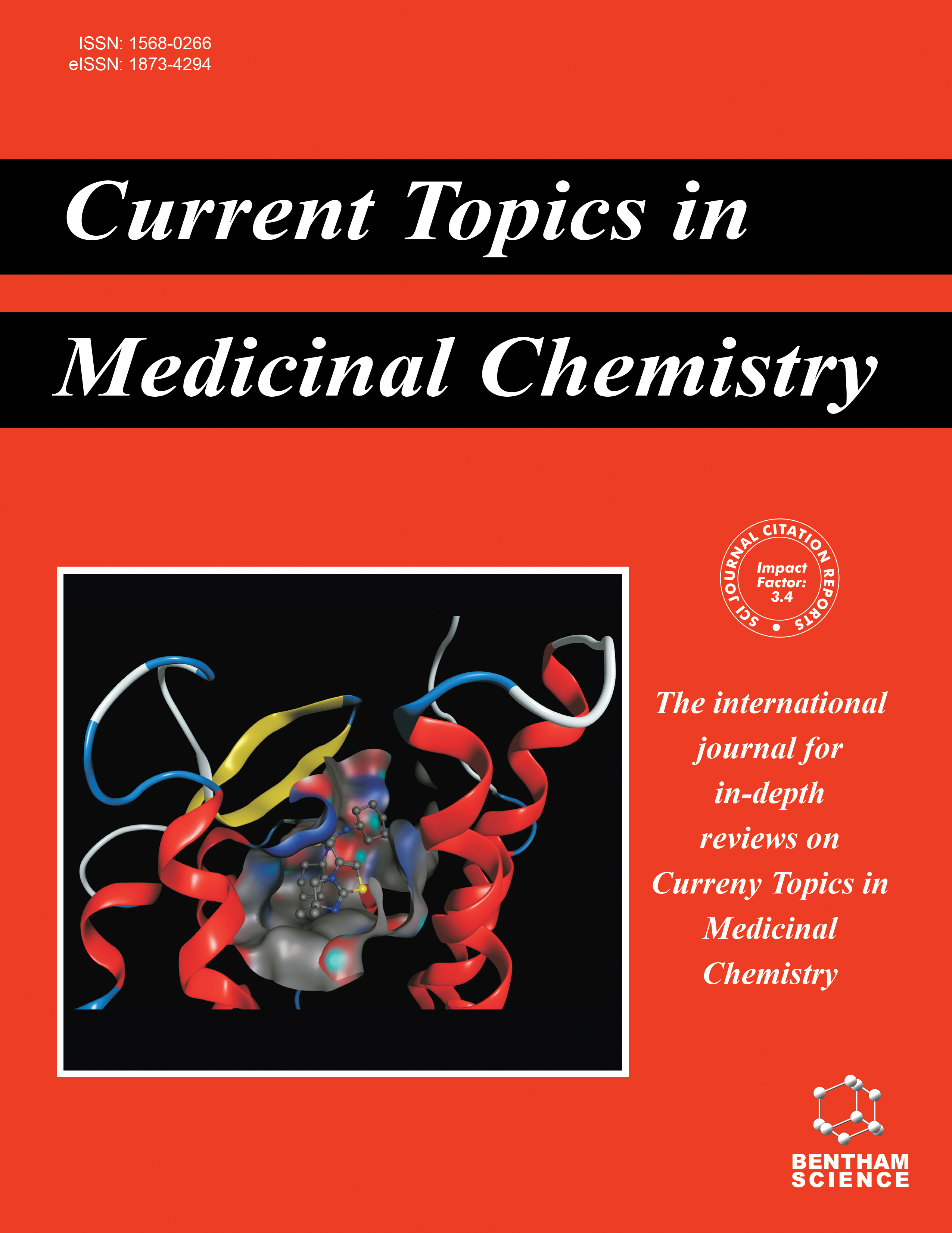
Full text loading...
We use cookies to track usage and preferences.I Understand

Humans, animals, and plants possess small polypeptides known as antimicrobial peptides (AMPs), which are often positively charged. They are tiny, mostly basic peptides with a molecular weight of 2 to 9 kDa. They are a crucial part of plants' innate defense system, acting as effector molecules that provide a resistance barrier against pests and diseases. Plants have been found to contain antimicrobial peptides belonging to numerous families, including plant defensins, thionins, cyclotides, and others. An increase in pathogen resistance is achieved through the transgenic overexpression of the relevant genes, while pathogen mutants that are susceptible to peptides exhibit decreased pathogenicity. For many organisms, AMPs exhibit a wide range of antimicrobial activity against various pathogens and serve as a crucial line of defense. This review raises awareness about plant antimicrobial peptides (AMPs) as potential therapeutic agents in the pharmaceutical and medical fields, including treating fungal and bacterial diseases. It also provides a broad synopsis of the main AMP families found in plants, their mechanisms of action, and the factors that influence their antimicrobial activities.

Article metrics loading...

Full text loading...
References


Data & Media loading...